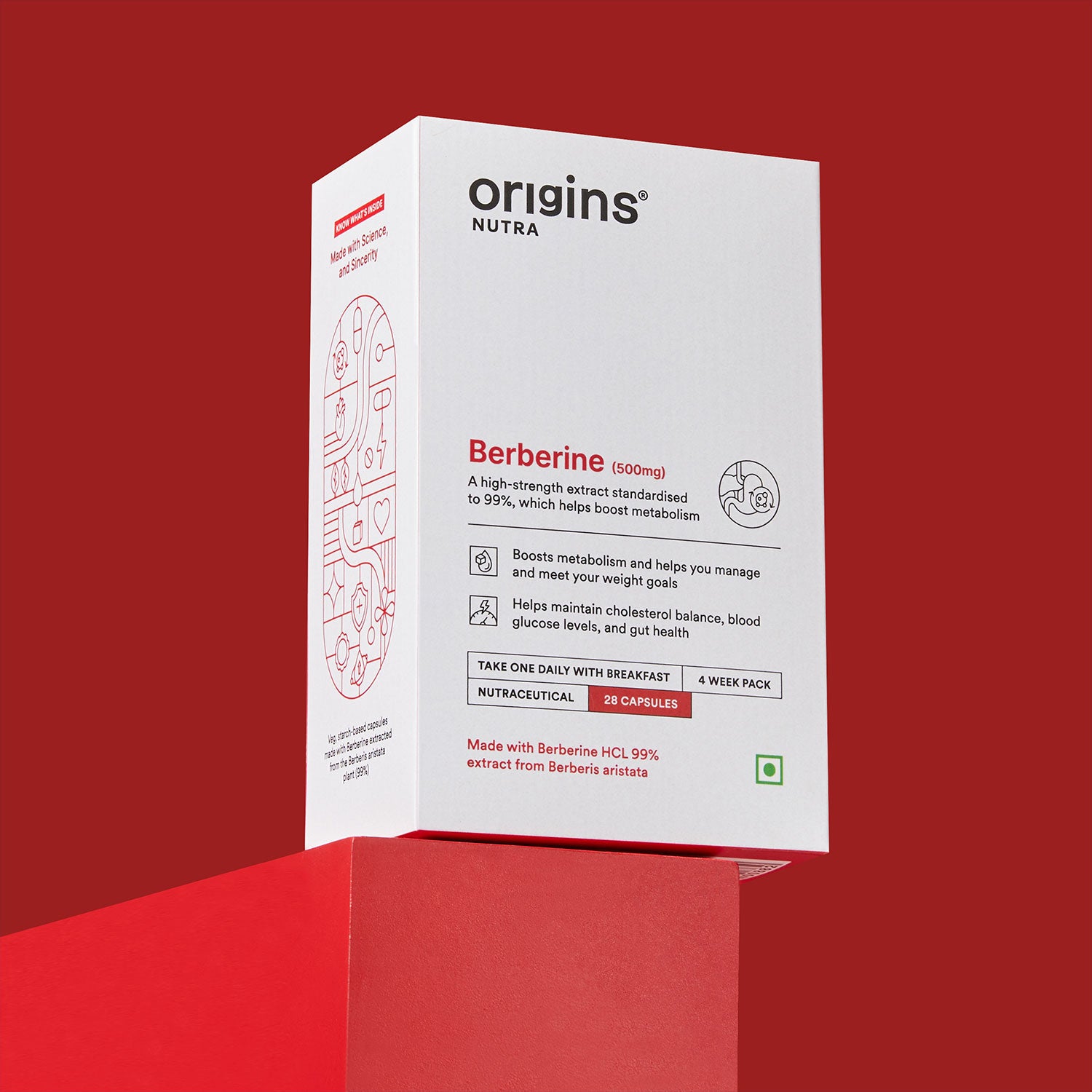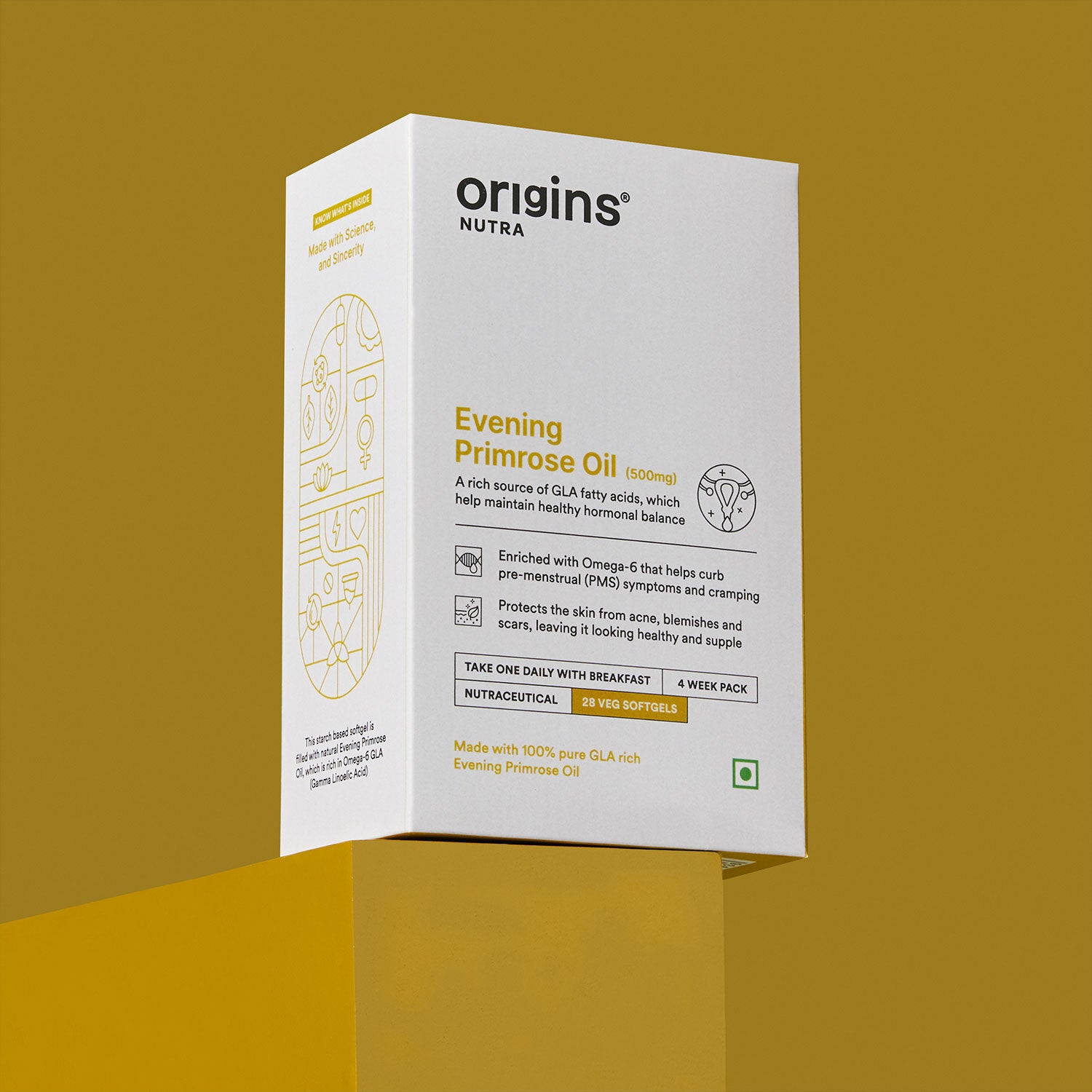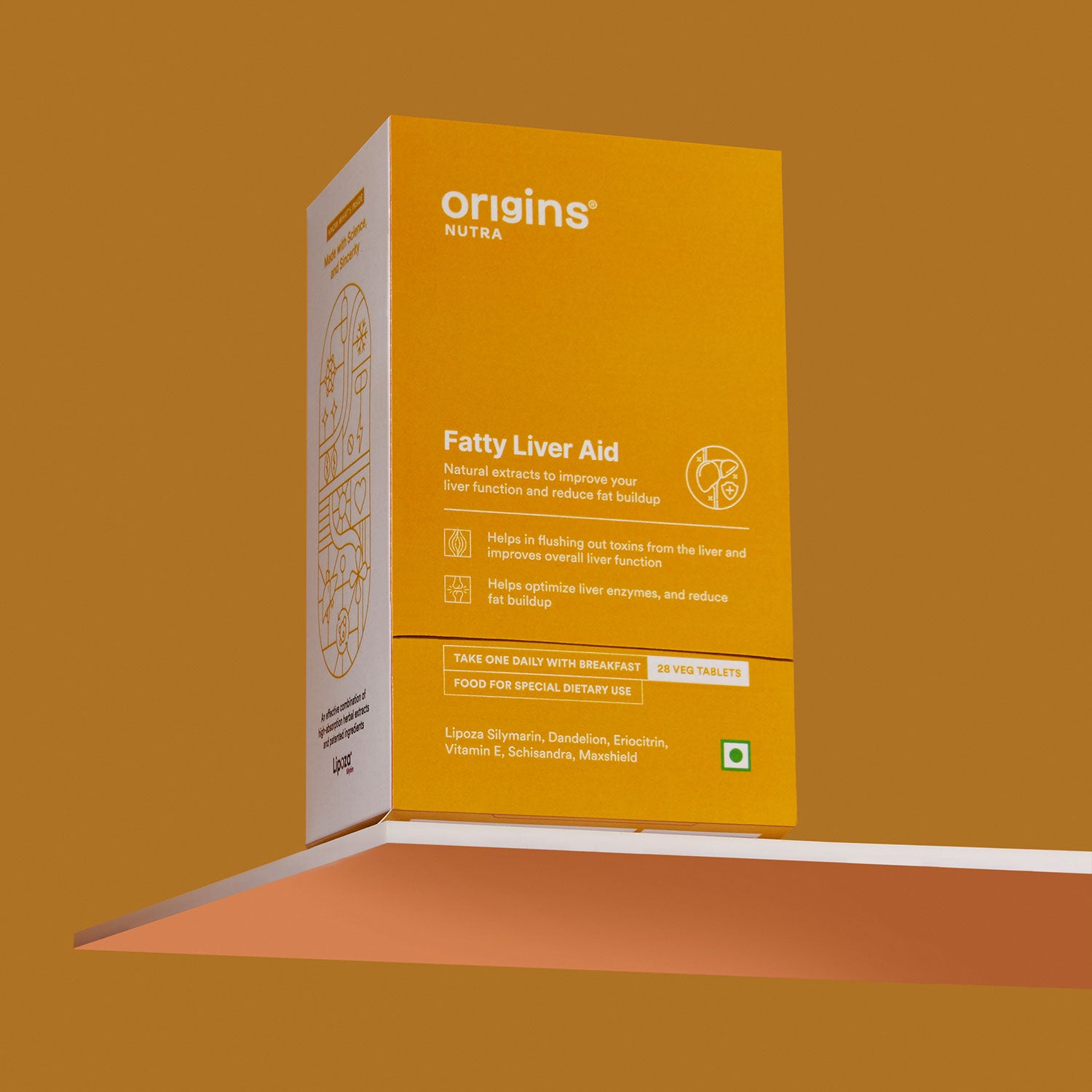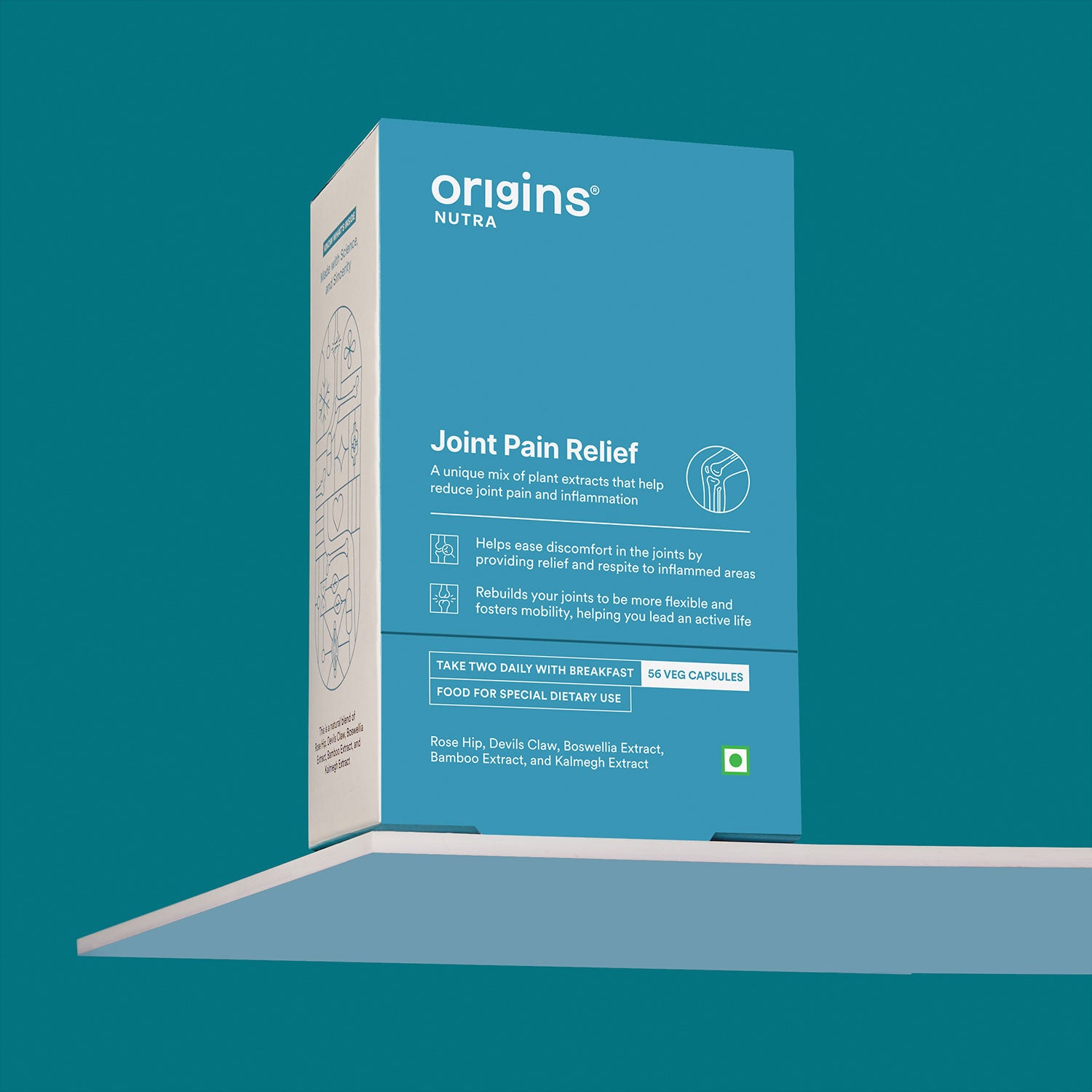Is Digital Detox the right move for you?
Statistics show that globally, a person spends 6 hours 57 minutes on average looking at a screen.
Hope this makes you feel a tad less guilty about the time you spend looking at your screen. Of these close to 7 hours, the maximum time is spent on smartphones, on a global average of 3 hours 43 minutes. Hold those ideas before you owe it all to social media browsing and go into that digital detox app you'll forget about in an hour!
Just over a decade ago, your phone was just a “mobile” phone that gave you the freedom to stay in touch with people while on the move. Fast-forward to now, you don’t even call them “mobile” phones anymore, and rightly so, because there is now so much more to them. Your smartphone and desktop are your gateway to your social circle, dating life, bank, office, shopping, medical assistance, entertainment, education, and so much more. In conclusion, digital detox has many benefits, but is it sustainable? Particularly when the technology around the world is only going forward?
Is your body in need of a digital detox?
So, how can you know whether your body needs a digital detox? It will start to reveal symptoms you have most likely been neglecting for a long time. Here is a list of possible signs that your body may be showing or may show:
Digital Eye Strain:

It is also known as computer vision syndrome. It is a set of eye-related issues that happen due to prolonged exposure to a screen like a smartphone, a desktop, a tablet, and an e-reader. Common symptoms of digital eye strain include Dry Eyes, Blurred Vision, Headache, Eye Strain, and Neck and Shoulder Pain. Additional factors that might increase the symptoms include poor posture, poor lighting, and too little space between the eye and the screen.
Irregular Sleep cycle:

Blue light is emitted mostly by your screen. Blue is the only hue in the light spectrum known to reduce melatonin. This is the hormone that is produced when sleeping. If you look at a screen for long hours, it directly impacts the quality of sleep and the sleep cycle.
Brain Fog:

Brain fog is not a medical word, although it is used to describe various symptoms such as difficulty concentrating, feeling confused, thinking slower than normal and unclear thoughts. When you squint at a screen for too long, you blink at least 50% less than you normally do. When reading a book, you blink at least 16 times per minute; this number drops dramatically when gazing at a screen. As a result, additional pressure on the eyes can be exhausting and cause the brain to get dull.
Digital Fatigue:

World Social Psychiatry reports that a continuous stream of information is playing in the background even when you're working during office hours. Hence, you simultaneously receive news, music, podcast, messages, and emails throughout the day. As a result, you are under pressure to keep up with everything and feel the pressure to respond. Consequently, waking hours are spent multitasking quite a bit. This results in stress, exhaustion, and burnout. You are aware of all the side effects of excess viewing of a digital screen, and with devices getting hyper-connected, this will only further increase.
Disadvantages of digital detox
It's depressing not knowing what's happening with your friends when you stop checking social media. Most of your friends use social media to announce the monumental moments of their life. Upon returning to your email inbox, you might be upset to see all the unread emails that need your attention.
While on vacation, you receive an email informing you that you had won something and needed to confirm your address by a specific date, or it would go on to the next winner. You missed the deadline and did not receive the only thing you had won in a long time.
It's difficult not to share.
After being so involved in social media for so long, it is difficult to snap a photo and then not publish it online, especially some of the fantastic ones you took on vacation.
The only way out?
Striking a balance between health and technology - digital detox is the sustainable way.
The only possible way out of this would be a digital detox, but a sustainable one that can be maintained for a lifetime. Here are some tips to follow for a digital detox:
1. It is not how much you consume but what you consume.
According to an article published by Harvard Medical School, the duration does not matter as much as the quality of what you consume. For instance, mindless scrolling on Instagram will be more harmful than watching a documentary. Thus, you must consume information that stimulates brain development. You can try and reduce the time spent on social media platforms and identify some sources of information that may interest you. These could be podcasts, documentaries, e-books, etc.
2. Reduce time spent on social media
Did you know that research suggests that as little as 30 minutes less screen time can have a positive impact on your mental and emotional well-being? Even a small yet consistent change can reduce the fatigue caused by excessive screen use? Your gadget is smart, so you might as well use it to help you limit time on apps adding to your digital fatigue.
3. Follow the 20-20-20 rule.
Many ophthalmologists across the globe recommend the 20-20-20 rule. After every 20 minutes, look away from your screen for 20 seconds by focusing on something that is 20 feet away. The aim is to ease the pressure on eyes that have been focused on the screen at a short distance. This will ease the strain on the eyes and the damage caused by prolonged staring at the screen.
4. Avoid looking at the screen an hour before hitting the bed.
Blue light from a screen should not interrupt the natural release of melatonin at night. Switch off your gadgets at least an hour before to let the natural circadian rhythm kick in and let your body get the signal that it is time to sleep. A healthy practice is to switch on a warm light scale in the evening. This reduces brightness as well as cuts down the blue light.
5. Controlling the physical environment
According to the American Optometric Association, your computer screen should be at least 4 to 5 inches below the eye level and at a distance of 20 to 28 inches from the eyes. The light should fall in a way that does not cause glare. An anti-glare screen is an excellent option in case of prolonged use of a particular screen.
Finally, the chair that you sit on should be padded and be able to help you sit straight without putting any strain on your neck or back.
More ways to get over the digital fatigue:
-
Wear glasses that block blue light.
-
Have a high-quality eye lubricant.
-
Get an annual eye check-up.
-
Eat healthily and exercise.
-
Take supplements that help combat digital fatigue symptoms.
Prevention is always better than cure.
So, instead of focusing on a day or two of complete digital detox, building a sustainable relationship with technology makes more sense. Even if you do not have digital fatigue, it is essential to inculcate these habits as a part of your routine for better physical, mental, and emotional well-being.
Going without a smartphone may be unsettling and frustrating at times. You can feel irritated, nervous, and even bored if you don't have access to your phone or other technological devices. Origins Nutra has created a solution that gives you better balance.
The Origins Nutra Better Balance supplement offers important minerals, antioxidants, and other substances that aid in the recovery of the body and mind from the detrimental effects of technology. It is designed to help your body recover from digital tiredness, enhance your eye and mental health, and help you create a more sustainable relationship with technology.































It’s not easy to do a detox but once you start, you can begin to see the difference in yur life
I have stopped feeling energy drained and irritated in evenings now. Been 6 days I have started using better balance and I can feel much better. This along with detox has helped me a lot
Leave a comment